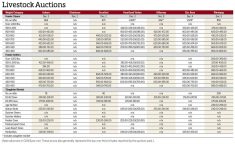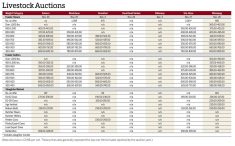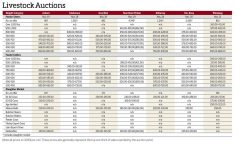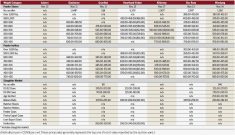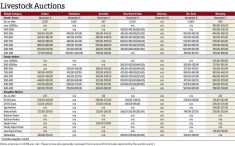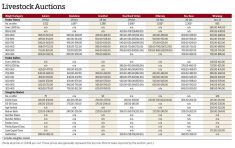Sharp declines in the United States cattle futures market helped bring cattle prices down at auction sites across Manitoba for the week ended Dec. 7.
Feeder steers weighing 700 pounds or more ranged in price from $210 to $348 per hundredweight during the week, compared to $225 to $378.50 one week earlier. The minimum price for a feeder heifer dropped $40 from the previous week to $150/cwt.
D1 and D2 slaughter cows ranged in price from $100 to $130/cwt., a narrower range from last week, which was $95 to $138. Mature bull prices lowered slightly at $102 to $158/cwt., compared to $105 to $170/cwt. in the first week of December.
Read Also
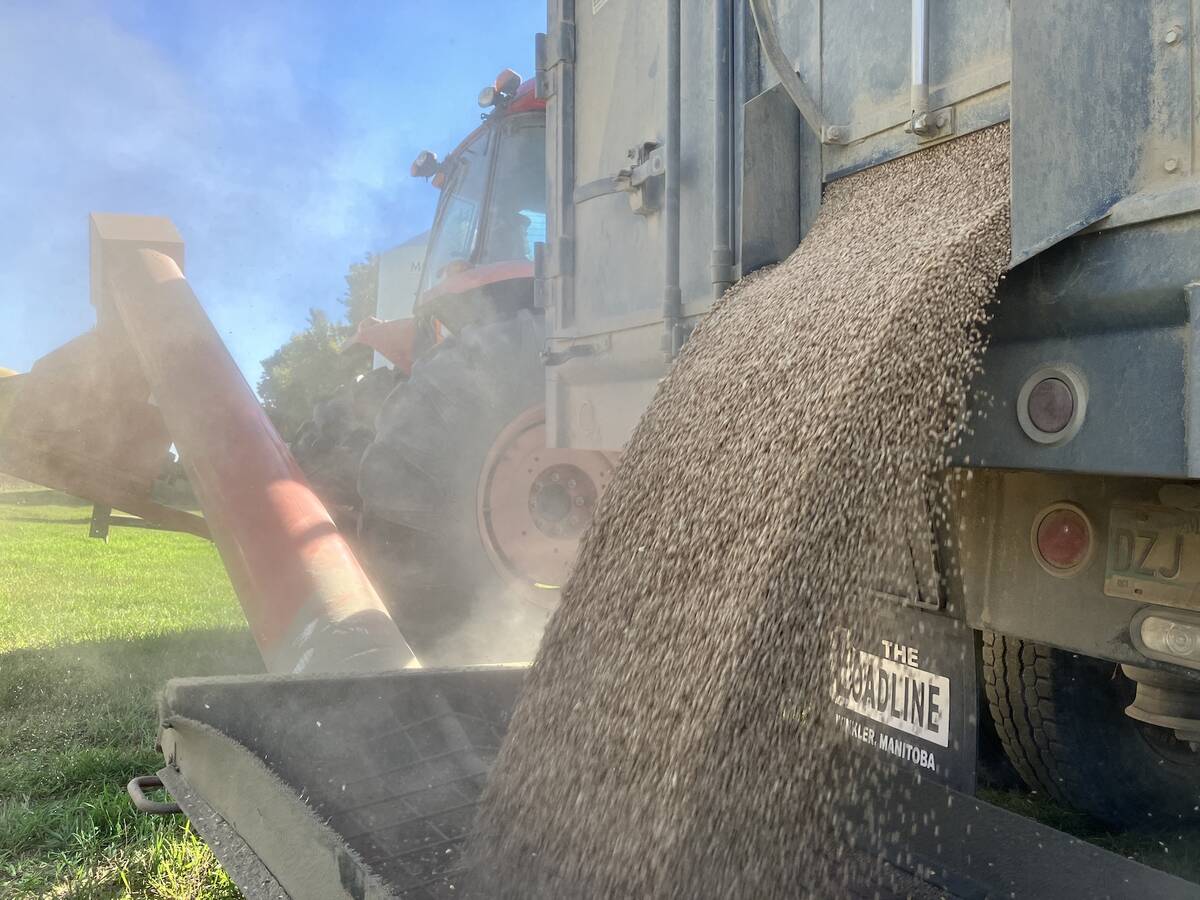
Riding market swings can add farm profit
Regular price trends in the grain market can help farmers pinpoint how and when to sell their grain with more confidence, analyst says
Prices on the Chicago Mercantile Exchange reached new depths during the week. The February live cattle contract closed at US$162.525/cwt. after dropping as low as US$162.400 earlier in the day, a level unseen in nearly seven months.
By comparison, on Sept. 19, the contract reached a high of US$196.600. The January feeder cattle contract ended Dec. 7 at US$210.275/cwt., three days after hitting a contract low of US$209.150.
Despite recent price drops, Ashern Auction Mart manager Kirk Kiesman said the situation is better than it was in mid-November, when mild weather caused less-than-ideal feedlot conditions and a glut of slaughter cattle at processing plants lessened demand for heavy cattle.
“Over the past three weeks, the market has certainly picked up (for lighter and heavier cattle),” he said. “Our second-cut cattle are still heavily discounted … but I definitely see our top-end (cattle) well managed. When they’ve been selling over the past three weeks, the prices have definitely improved on that type of cattle.”
Kiesman reminded producers that animal health is paramount if they want to get more money for their cattle.
“I think you need to make sure the health of the calves is top-notch, that there’s a good program behind them (with) the vaccine and the health of the animals,” Kiesman said.
“This might not be the year to do it, but the guys that have been repeat customers, those are the guys who are getting rewarded this year because the cash on the cattle is not really following the futures.
“Guys are paying more than what they should be based off the futures, because they’re buying cattle that they’ve had success with in the past. It’s kind of hard to draw market conclusions because the cash is so much higher than the futures.”
Cattle sold at the auction in Ashern went to Western Canada and the United States, but higher-priced purchases went to Ontario, according to Kiesman.
He noted there is a “fair” spread between heifers and steers and he believes demand for the former will pick up in the New Year.
“I would see a steady market in January compared to what we’re at now and expect it to pick up later. Then, heifer prices will climb in March and April,” Kiesman said.




